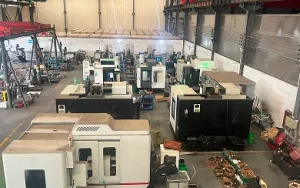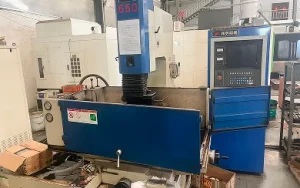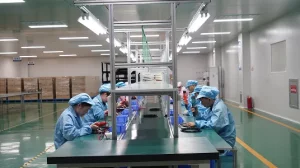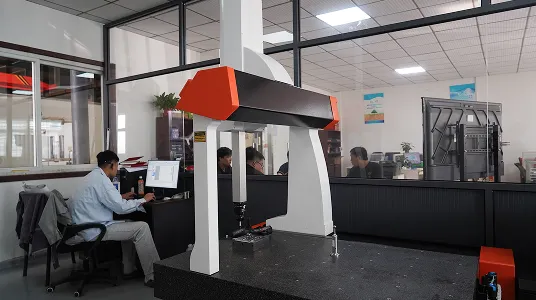Indústria de moldes de injeção: Como a moldagem por injeção de plástico molda a produção global
Peças de plástico inconsistentes, produção lenta e fornecedores pouco fiáveis são desafios que os fabricantes...
Ler mais
Inconsistent plastic parts, slow production, and unreliable suppliers are challenges manufacturers face daily. With advanced injection mold technology, these issues can be eliminated through precision, speed, and design flexibility.
The injection mold industry revolutionizes how we produce plastic parts, offering unmatched precision, scalability, and material versatility for industries ranging from automotive to packaging.

Injection molding is a reliable, cost-effective manufacturing process for producing consistent, complex plastic components at scale. It involves injecting molten plastic into a mold cavity, allowing for high-volume production with tight tolerances and exceptional surface finish. It’s widely used in the automotive industry, medical industry, consumer electronics, and more.


At our UV Flatbed Printer Manufacturing Plant, we:

What’s the typical lead time for mold making?
Depending on complexity, 2–6 weeks is standard for mold fabrication.
How many shots can a mold last?
Steel molds can produce up to 1 million parts; aluminum molds offer 5K–100K shots.
Can I get prototypes before mass production?
Yes, we offer rapid prototyping and trial runs before full-scale injection molding.
Do you support global delivery?
Absolutely. We ship worldwide with full export documentation and labeling support.
Is injection molding suitable for low-volume production?
Yes—with soft tooling or 3D printed molds, we can cost-effectively support short runs.

Peças de plástico inconsistentes, produção lenta e fornecedores pouco fiáveis são desafios que os fabricantes...
Ler mais

Muitas marcas querem lançar produtos de plástico rapidamente, mas deparam-se com custos de ferramentas elevados,...
Ler mais
Responder-lhe-emos no prazo de 24 horas. Se for um caso urgente, adicione WhatsApp/WeChat: +86 ******,. Ou ligue diretamente para +86 ******.
*Respeitamos a sua confidencialidade e todas as informações são protegidas.
Apenas utilizaremos as suas informações para responder ao seu pedido e nunca enviaremos mensagens de correio eletrónico ou mensagens promocionais não solicitadas.